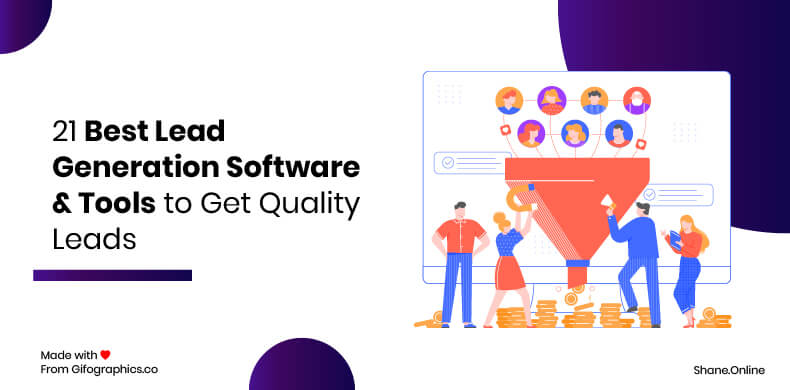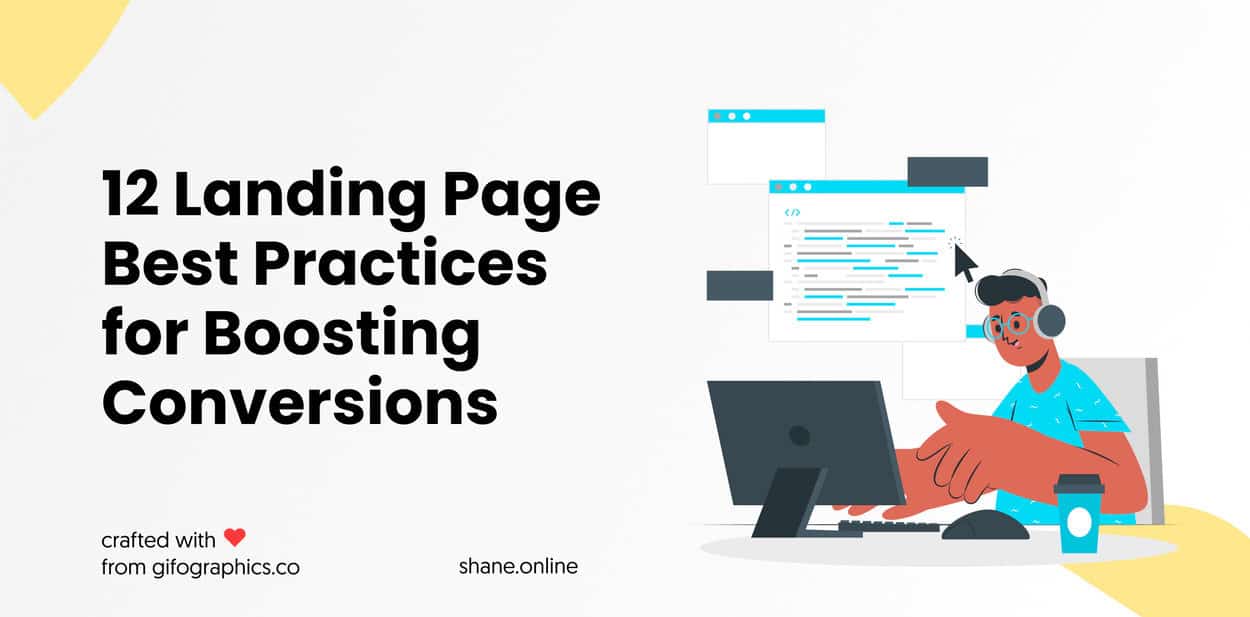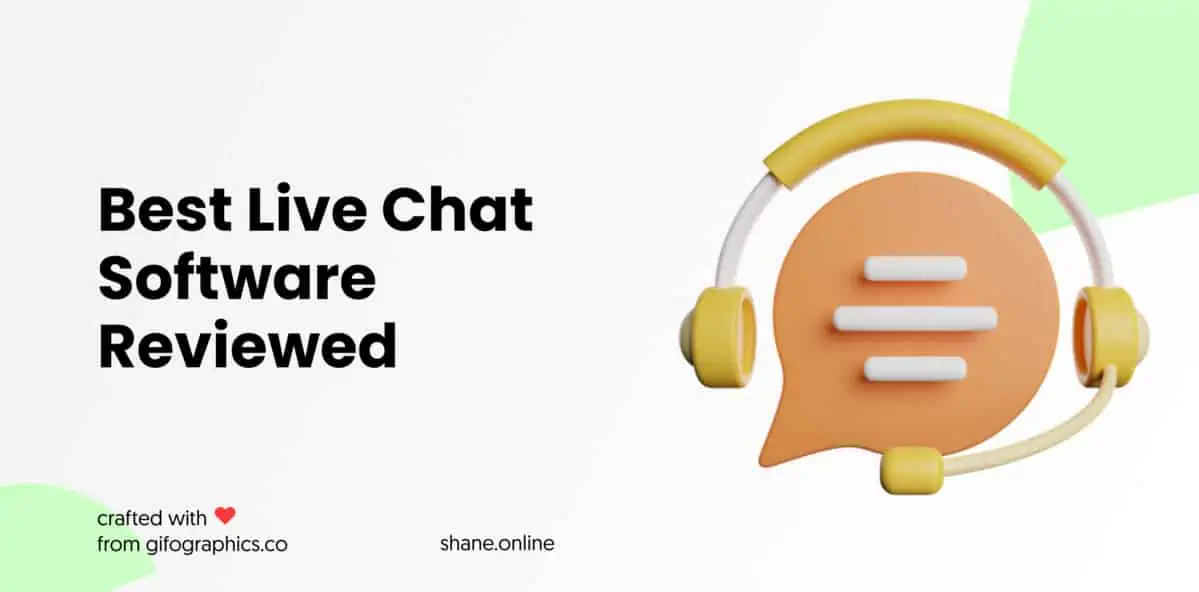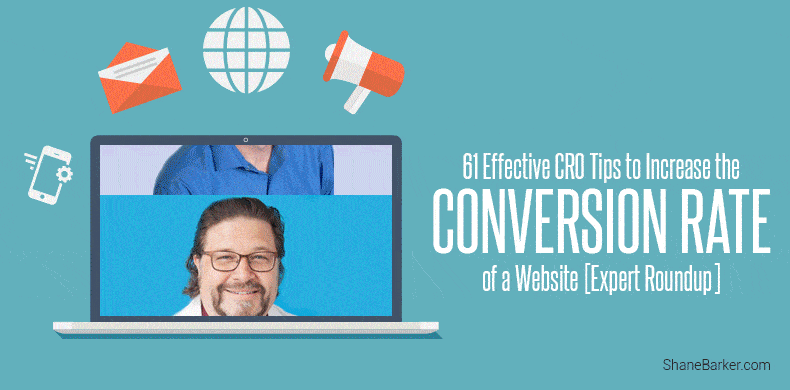Sales funnels are the foundation of any company’s marketing and sales strategy. They help you attract and convert customers.
A lot of companies only focus on the awareness stage of the funnel and put all of their effort into attracting new customers. But that is not enough.
Even if you are successful in driving a lot of traffic to your website, it’s useless if they don't buy anything or engage with your brand more. That is where lead nurturing is required, to convert those leads into customers.
In this post, you’ll learn how to build sales funnels that convert.
Table of Contents
5 Steps to Build Sales Funnels that Convert
The guide below will help you build sales funnels, or optimize existing ones, to get more lead conversions for your business. But first, let’s take a look at the five basic steps required to build sales funnels:
Step #1: Conduct Target Audience Research
Before you can even start to build sales funnels, you need to research your target customers. You won’t be able to target and convert leads if you don’t know what drives them to buy a product or service. You need to understand your target market before you can build sales funnels for sales conversions.
So, as a first step, conduct thorough research to understand your customers and find answers to the following questions:
- Who are your target customers?
- What are they interested in?
- Which social media platforms do they use?
- What are their pain points?
- How can your product or service address their pain points?
Once you understand more about what they like, dislike, and need, it will help you position your product effectively.
These consumer insights are the basic building blocks that will help you to build sales funnels that actually work.
Step #2: Create Accurate Buyer Personas
Once you have gathered a broad idea of who your target market is, you need to dive deeper and segment your customers.
After segmentation, you need to make buyer personas for each type of potential customer demographic that you want to target for your products or service.
Information that you need to include in your buyer personas:
- Age and gender of your target customer segments.
- Location – is there a particular region that most people of a persona reside in?
- Interests – what are people of this persona usually interested in?
- Education level – what is the average education level of people in a particular persona?
- Job designation and income levels
- Buying motivation – what motivates people of this persona to buy?
- Buying concerns – what concerns do people of this persona have while making a purchase decision?
What is the benefit of having accurate buyer personas?
Accurate buyer personas will help you personalize and optimize your marketing content and help you build sales funnels that convert.
Step #3: Plan Your Lead Generation Strategy
Now that you know who your target market is and what customer segments you are targeting, it’s time to put that research and knowledge to practical use.
What is a lead generation campaign?
At this stage, you need to develop a strategy to drive relevant traffic and leads to your website.
You can use a variety of different strategies for traffic and lead generation, such as:
How does influencer marketing boost lead generation?
Influencers can help drive traffic to your website by adding direct purchase links to their social media posts or adding backlinks to your website in their blogs. They can also promote your promotional campaigns and discounts to drive traffic to your website.
- PPC Campaigns
This is one of the oldest and most-used methods for driving website traffic and is commonly used by marketers. Just ensure that you have compelling ad copy and use attention-grabbing ad titles to maximize click-through rates.
- Guest Posting
How does guest posting help lead generation?
Guest posting helps by building backlinks to your website. It is always better to guest post on high-authority websites in your industry to build quality backlinks to your website. You should also select the websites that are in your particular industry or niche so as to drive only relevant traffic to your website.
- Social Media Advertising
Social media ads are another effective way of driving traffic to your website. Similar to PPC campaigns, your click-through rate will improve if you use compelling ad titles and ad copy.
- SEO
This is the organic way of getting website traffic. Having a search engine optimized website will help you rank well in search results, bringing you organic search traffic.
- Landing Page Optimization
Optimizing your landing pages is another effective lead generation strategy. You should use lead magnets on your landing pages to generate qualified leads for your sales funnel.
Step #4: Develop A Strategy to Engage and Nurture Your Leads
After driving traffic to your website, the next step to build sales funnels is to engage and nurture those leads.
How do you engage and nurture your leads?
You need to educate them about the features of your product or service and tell them how they will benefit from it.
You can engage and nurture your audience with:
- Relevant and valuable blog posts
- Engaging and informative videos
- Social media posts
- Email newsletters
You can also partner with relevant influencers to create or promote your content.
Step #5: Convert Your Leads
The final step in your plan to build sales funnels is to convert your leads into paying customers.
The key here is to make it as easy as possible for them to complete their purchases by:
- Providing one-click sign-in and signup options
- Simplifying the checkout and payment process
- Reducing form fields and steps in the registration form
- Optimizing your site speed
- Optimizing site design to enable easy site navigation
- Providing multiple payment options
- Using secure payment services to alleviate customer security concerns
- Using compelling CTAs on your website’s landing pages
- Using exit-intent pop-ups to prevent prospective customers from leaving by providing incentives to stay
How to Build Sales Funnels
Now you know the 5 basic steps to build sales funnels that actually convert.
To learn more about how to build sales funnels and optimize them for maximum conversions, check out the gifographic below.
FAQs
Q1. How can I create a sales funnel?
- Step #1: Conduct Target Audience Research
- Step #2: Create Accurate Buyer Personas
- Step #3: Plan Your Lead Generation Strategy
- Step #4: Develop A Strategy to Engage and Nurture Your Leads
- Step #5: Convert Your Leads
Q2. How can I build sales funnel for my business?
You can build a sales funnel for your business in 5 simple steps:
- Research your target audience.
- Create buyer personas.
- Develop a strategy to generate leads.
- Plan a strategy to engage and nurture those leads.
- Convert your leads.
Q3. What is the most effective way to structure your sales funnel?
Most sales funnels are structured (from top to bottom) to include stages for:
- Awareness
- Interest
- Decision
- Action
Q4. How can I build an online sales funnel to grow my business?
You can build an online sales funnel to grow your business by:
- Researching your target audience.
- Creating buyer personas.
- Developing a strategy to generate leads.
- Planning a strategy to engage and nurture those leads.
- Converting your leads.

![how to build sales funnels that convert in [year] [gifographic] 1 guide on sales funnels gifographic](https://shanebarker.com/wp-content/uploads/2019/01/A-Go-To-Guide-on-Sales-Funnels-Gifographic.gif)


![41 best tools for building a profitable sales funnel in [year] 5 41 best tools for building a profitable sales funnel in 2021](https://shanebarker.com/wp-content/uploads/2020/08/41-Best-Tools-for-Building-a-Profitable-Sales-Funnel-in-2021.jpg)
![top 37 cro tools (free & paid) you need to try in [year] 6 top 37 cro tools (free & paid) you need to try](https://shanebarker.com/wp-content/uploads/2018/02/Top-37-CRO-Tools-Free-_-Paid-You-Need-to-Try.jpg)



Great post.
Hi Binod, thank you so much!
Thanks for sharing. It was very interesting and useful.
Hi Scarlett, thank you so much! I’m glad that you enjoyed reading my post!